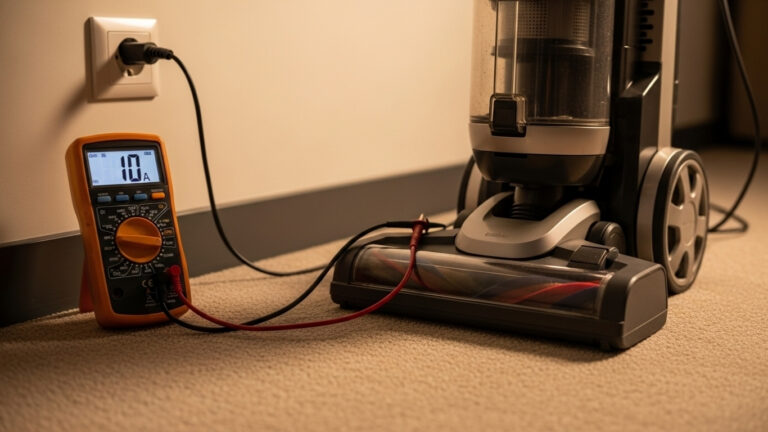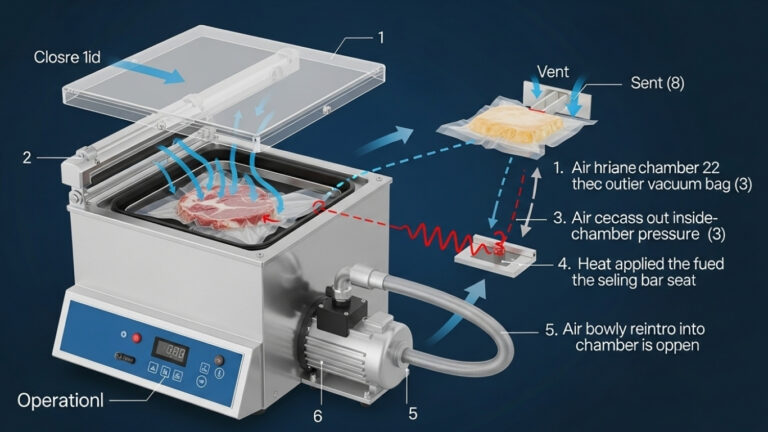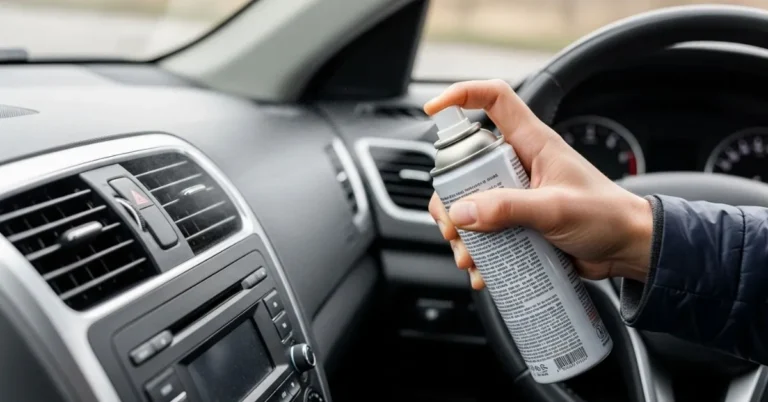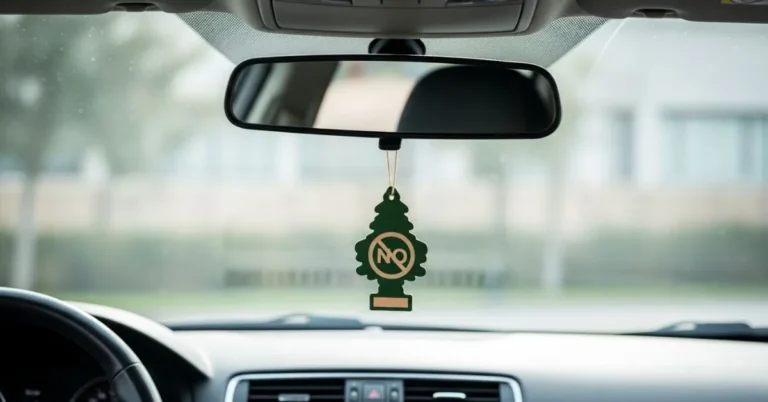Last spring, in the middle of an ambitious spring cleaning spree, I noticed something odd. My expensive vacuum a sleek model I had proudly splurged on wasn’t picking up the pet hair tangled in our shag rug. After a frustrating hour (and a brief battle with a lint roller), I Googled a question I never thought I’d ask:
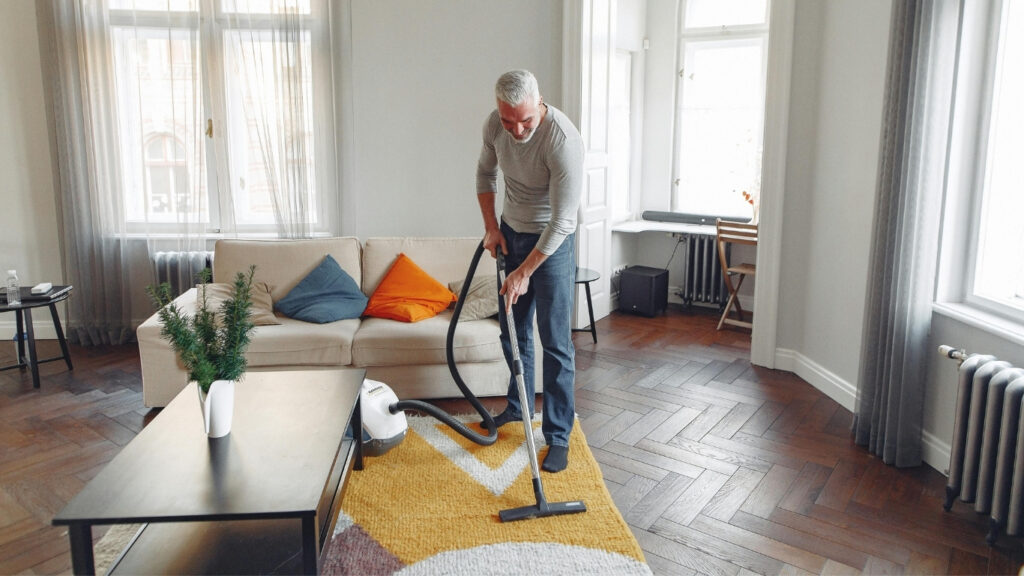
“What is a vacuum beater bar?”
It was the secret weapon I didn’t know I needed or possibly the culprit behind my scratched hardwood floors. Whether you’re a first-time homeowner, a seasoned DIY cleaner, or just trying to keep up with your cat’s daily fur confetti, this guide unpacks everything you need to know about the mysterious beater bar.
Contents
- 1 So, What Is a Vacuum Beater Bar?
- 2 Why Should Homeowners Care?
- 3 Beater Bar vs. Brush Roll: Know the Difference
- 4 How Does a Beater Bar Work?
- 5 Beater Bar Pitfalls: When NOT to Use One
- 6 How to Clean and Maintain Your Beater Bar
- 7 Do You Need a Vacuum With a Beater Bar?
- 8 Trends, Affordability & Sustainability
- 9 Recap: What Is a Vacuum Beater Bar and Why It Matters
- 10 FAQs: Your Vacuum Beater Bar Questions Answered
- 11 Expert Thoughts: Clean, Smarter, Not Harder
- 12 About the Author
So, What Is a Vacuum Beater Bar?
At its core, a vacuum beater bar is a rotating bar (usually with brushes or paddles) located at the base of the vacuum head. It aims to agitate carpet fibres, shaking loose dirt, debris, pet hair, and deep-set particles so the vacuum can suction them more effectively.
Imagine someone patting a dusty rug with a stick that’s essentially what the beater bar does, much faster and with mechanical finesse.
Modern vacuums often combine the beater bar with a brush roll a spinning cylinder lined with bristles. Together, they’re a dynamic dirt-fighting duo.
Why Should Homeowners Care?
You might be thinking, “I vacuum. It sucks things up. What’s the big deal?”
Here’s why it matters: Using the wrong vacuum head for your floor type can reduce cleaning efficiency, wear down flooring, and shorten the life of your vacuum.
- If your carpeting is wall-to-wall, you want a vacuum with a strong, durable beater bar to lift embedded dirt and grime.
- If your home features luxury vinyl plank, tile, or hardwood, you’ll want a vacuum to turn off the beater bar to avoid scratches and scuffs.
- And if you live in a household with kids or pets, knowing how a beater bar works can help you better tackle the messes they leave behind (you know what I mean!).
Beater Bar vs. Brush Roll: Know the Difference
People often use the terms beater bar and brush roll interchangeably, but they’re different.
- Beater Bar: Originally, a metal bar was designed to “beat” the carpet and shake loose dust. Today’s versions might be plastic or a mix of brush and paddle designs.
- Brush Roll: A bristled cylinder that rotates, scrubbing surfaces to dislodge dirt.
Modern vacuums, especially those targeting pet hair or thick carpets, often combine the two into a multi-surface cleaning head. If you ask, “What is a vacuum beater bar doing on my hardwood floor?” it may be part of this hybrid.
How Does a Beater Bar Work?
The mechanics are surprisingly clever. A motor or belt powers the beater bar, causing it to spin at high speed. As it rotates:
- The brushes whip or agitate the carpet fibres.
- Particles get dislodged from deep inside the pile.
- The vacuum’s suction pulls them up into the canister or bag.
This combination of mechanical agitation and suction equals a deeper, more efficient clean, especially on medium or high-pile carpets that hide dust like pros.
Beater Bar Pitfalls: When NOT to Use One
While beater bars are rock stars for carpeted areas, they can also be a bit too aggressive. Here’s when to skip or switch it off:
On Hardwood Floors
Those stiff bristles can leave scratches and scuffs or even remove the finish over time. They’re not cute.
On Delicate Rugs
Antique rugs, handwoven textiles, or high-end shag carpets can become frayed, tangled, or worse damaged beyond repair.
With Loose Threads or Fringes
Beater bars can easily suck up fringes and cause jams or damage.
Pro Tip: Many modern vacuums include a “hard floor mode” or beater bar on/off switch. If yours doesn’t, it might be time to upgrade.
Read More: Why Is My Vacuum Not Sucking? 7 Common Causes and Fixes
How to Clean and Maintain Your Beater Bar
Just like you wouldn’t run a blender with old food stuck in the blades, your vacuum performs best with a clean beater bar. Here’s your quick maintenance checklist:
- Turn off and unplug your vacuum.
- Flip it over and inspect the brush head.
- Cutaway tangled hair, strings, and fibres with scissors or a seam ripper.
- Wipe down the bar with a damp microfiber cloth.
- Check for cracks, missing bristles, or debris buildup.
Performing this simple routine monthly (or biweekly in high-traffic homes) will extend your vacuum’s life and prevent that lovely “burning smell” when something gets stuck.
Do You Need a Vacuum With a Beater Bar?
That depends on your floors, your messes, and your cleaning preferences. Here’s a breakdown:
| Household Type | Beater Bar? | Vacuum Features to Look For |
| Mostly Carpeted | ✅ Yes | Motorized brush roll |
| Hardwood/Tile Throughout | ❌ No | Beater-bar-free or brush roll-off switch |
| Mixed Flooring | 🔁 Optional | Multi-surface with on/off bar switch |
| Pet Owners | ✅ Yes | Tangle-free bar, high suction |
| Allergy Sufferers | ✅ Yes | HEPA filter, sealed system |
Trends, Affordability & Sustainability
Gone are when a vacuum was just a clunky, loud machine. Today’s options are smarter, gentler, and greener:
- Eco-conscious models use recyclable parts and washable filters.
- Budget brands like Bissell and Hoover offer adjustable beater bar settings for under $200.
- Cordless vacuums with intelligent sensors adjust suction and brush speed automatically, reducing unnecessary power use.
Investing in the right vacuum can reduce the frequency of cleaning (yay, less work!) and prolong the life of your floors, saving you money in the long run.
Recap: What Is a Vacuum Beater Bar and Why It Matters
Let’s summarize your new favourite cleaning trivia fact:
- The vacuum beater bar is the spinning component that agitates carpet fibres for deeper cleaning.
- It works best on thicker carpets and pet messes.
- It should be avoided on hardwood or delicate surfaces unless the vacuum turns it off.
- Regular maintenance is key to performance.
- Modern options are affordable, floor-safe, and sustainable.
Are you still wondering, “What is a vacuum beater bar doing on your vacuum?” Depending on the context, it’s either saving your carpet or threatening your hardwood.
Read More: How to Use a Vacuum Brake Bleeder: A Guide for Beginners
FAQs: Your Vacuum Beater Bar Questions Answered
1. What is a vacuum beater bar, and what does it do?
A spinning bar with bristles or paddles agitates carpet fibres to help the vacuum remove dirt more effectively.
2. Is a beater bar bad for hardwood floors?
Yes. It can scratch or wear down the finish. Opt for a vacuum that lets you turn the bar off, or use a hard-floor attachment.
3. Can I remove the beater bar from my vacuum?
In some models, yes. Especially vacuums designed for multi-surface use or with interchangeable heads.
4. Do robot vacuums have beater bars?
Many do, but they’re usually smaller and gentler, often made of soft rubber or bristles to protect bare floors.
5. How do I know if my vacuum has a beater bar?
Flip it over! If you see a rotating cylinder with bristles or paddles, that’s your beater bar. Check your manual for specific features.
Expert Thoughts: Clean, Smarter, Not Harder
Choosing a vacuum isn’t just about power or brand name. Understanding what a vacuum beater bar is, how it works, and when to use it can make a difference in your daily cleaning routine.
Whether you’re dealing with muddy paw prints, cereal in the carpet, or a shedding husky during summer, the right beater bar can be your best ally or worst enemy depending on how you use it.
Tip: Always read the floor type recommendations before hitting that power button. Your floors and your wallet will thank you.

